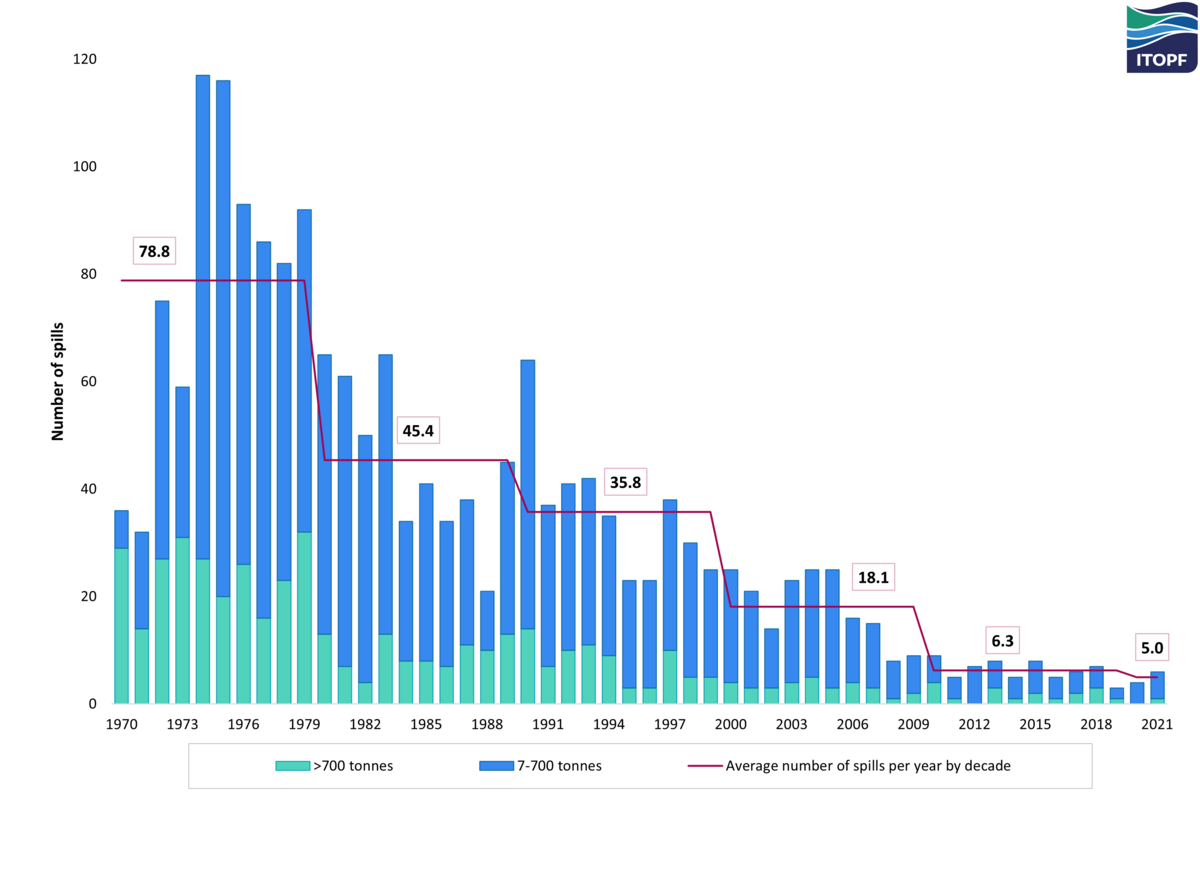Contact
We're here to help and answer any question you might have. We look forward to hearing from you. 😊
Our Address
MacArthur Hwy, Angeles, 2009 Pampanga
Email Us
icare@gmail.com
Call Us
+639 987 654 321
A leakage of petroleum onto the surface of a large body of water. Oceanic oil spills became a major environmental problem in the 1960s, chiefly as a result of intensified petroleum exploration and production on continental shelves and the use of supertankers capable of transporting more than 500,000 metric tons of oil. Spectacular oil spills from wrecked or damaged supertankers are now rare because of stringent shipping and environmental regulations. Nevertheless, thousands of minor and several major oil spills related to well discharges and tanker operations are reported each year, with the total quantity of oil released annually into the world’s oceans exceeding one million metric tons. The unintentional or negligent release of used gasoline solvents and crankcase lubricants by industries and individuals greatly aggravates the overall environmental problem. Combined with natural seepage from the ocean floor, these sources add oil to the world’s waterways at the rate of 3.5 million to 6 million metric tons a year.
Oil spills from ships significantly declined over the previous five decades, the time period for which we have statistics. This dataset was created by the International Tanker Owners Pollution Federation (ITOPF) that includes information on oil spills worldwide from 1970. The information held includes the average of 24.5 oil spills per year in the 1970s. The decrease in the number of oil spills in the past 10 to 12 years ago with an average 1.7 per year. This contains information on accidental spillages of persistent and non-persistent hydrocarbon oil since 1970, except those resulting from acts of war. The data held includes the location and cause of the incident, the vessel involved, the type of oil spilt and the spill amount. For historical reasons, spills are generally categorised by size, 7 tonnes, 7-700 tonnes and >700 tonnes (50 bbls, 50-5,000 bbls, >5,000 bbls), although the actual amount spilt is also recorded. Information is now held on over 10,000 incidents, the vast majority of which fall into the smallest category i.e. 7 tonnes. Over the past half century, statistics for the frequency of spills greater than 7 tonnes from tankers have shown a marked downward trend. The average number of spills per year in the 1970s was approximately 79. This decreased by over 90% to 6 in the 2010s. So far this decade, the annual average is 5.

We're here to help and answer any question you might have. We look forward to hearing from you. 😊
MacArthur Hwy, Angeles, 2009 Pampanga
icare@gmail.com
+639 987 654 321